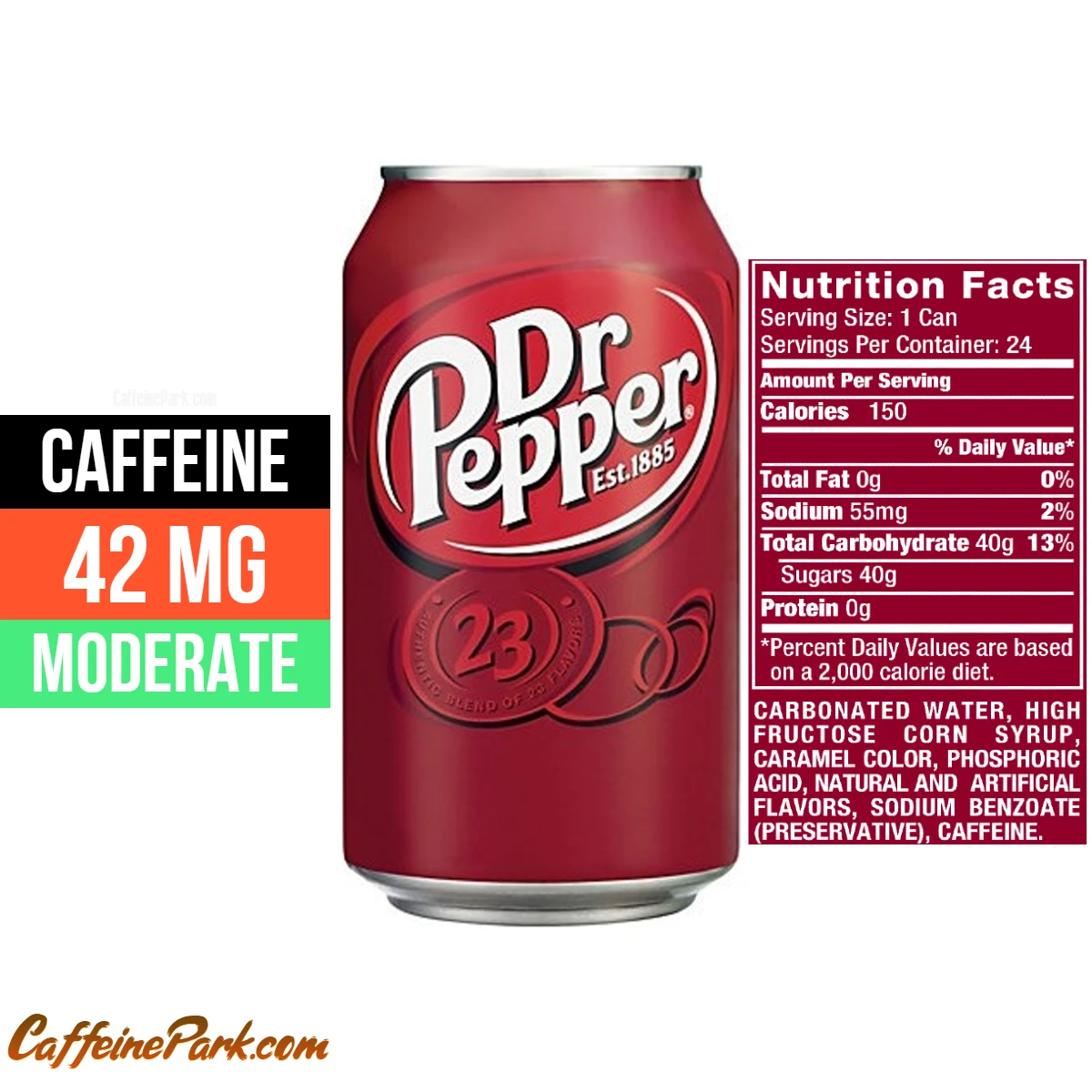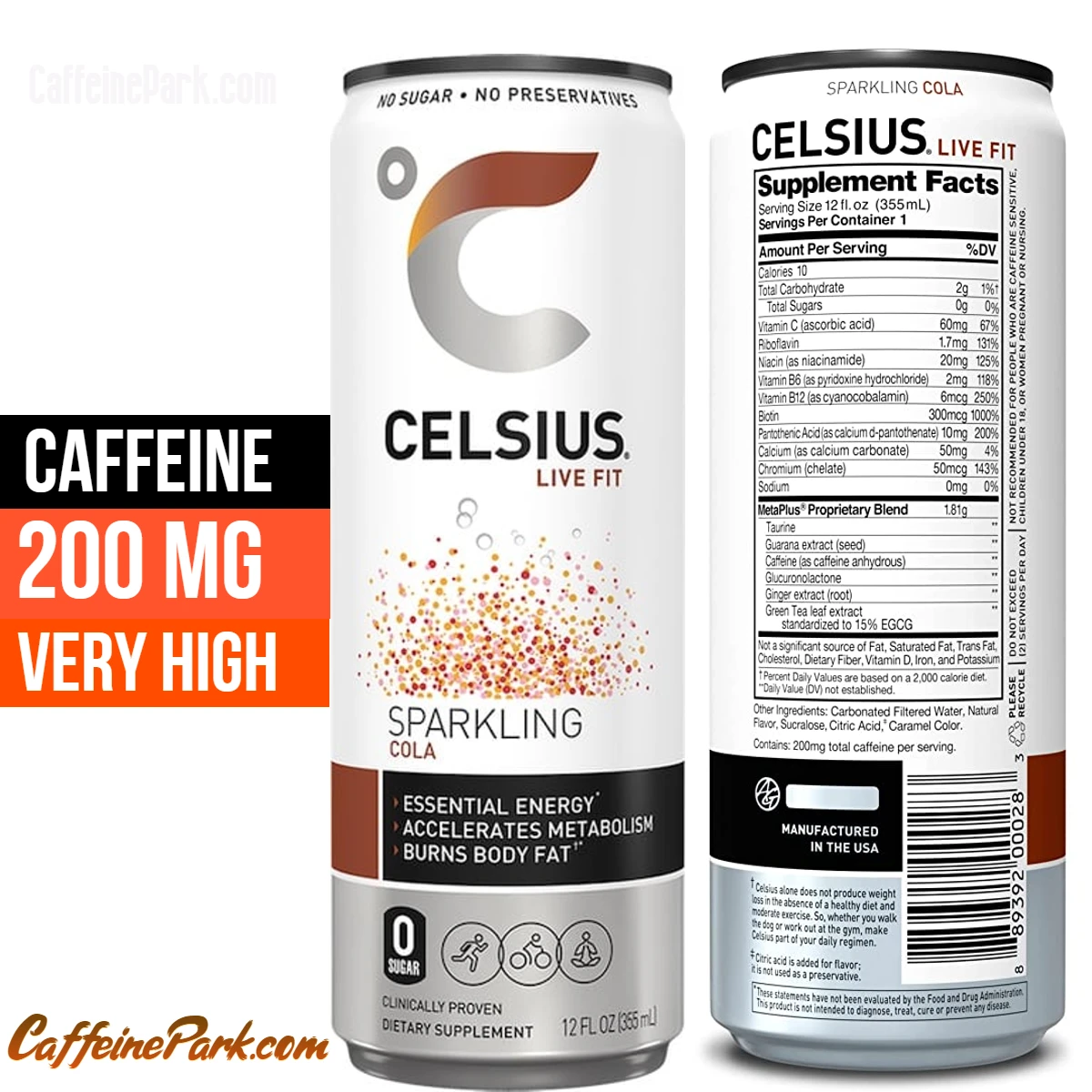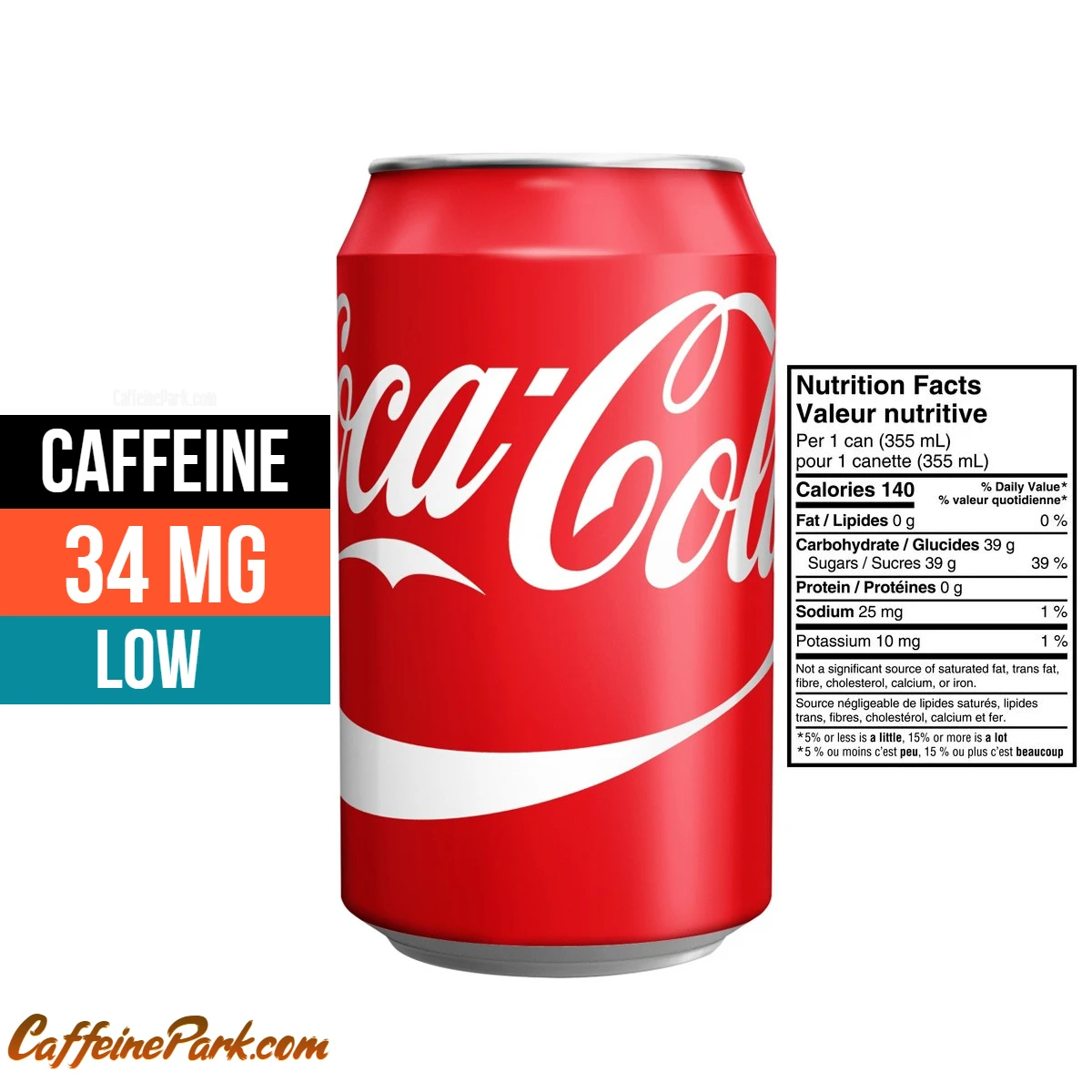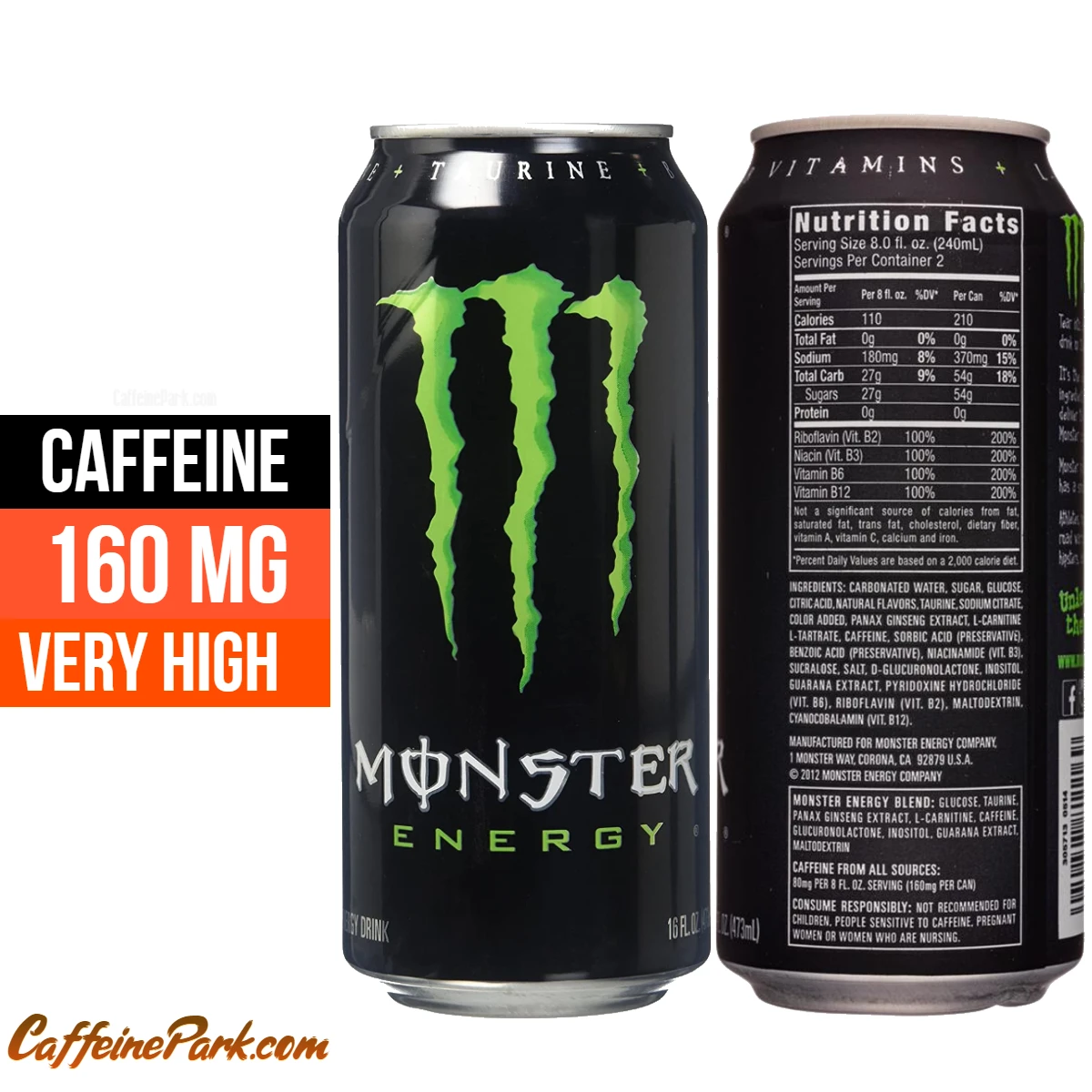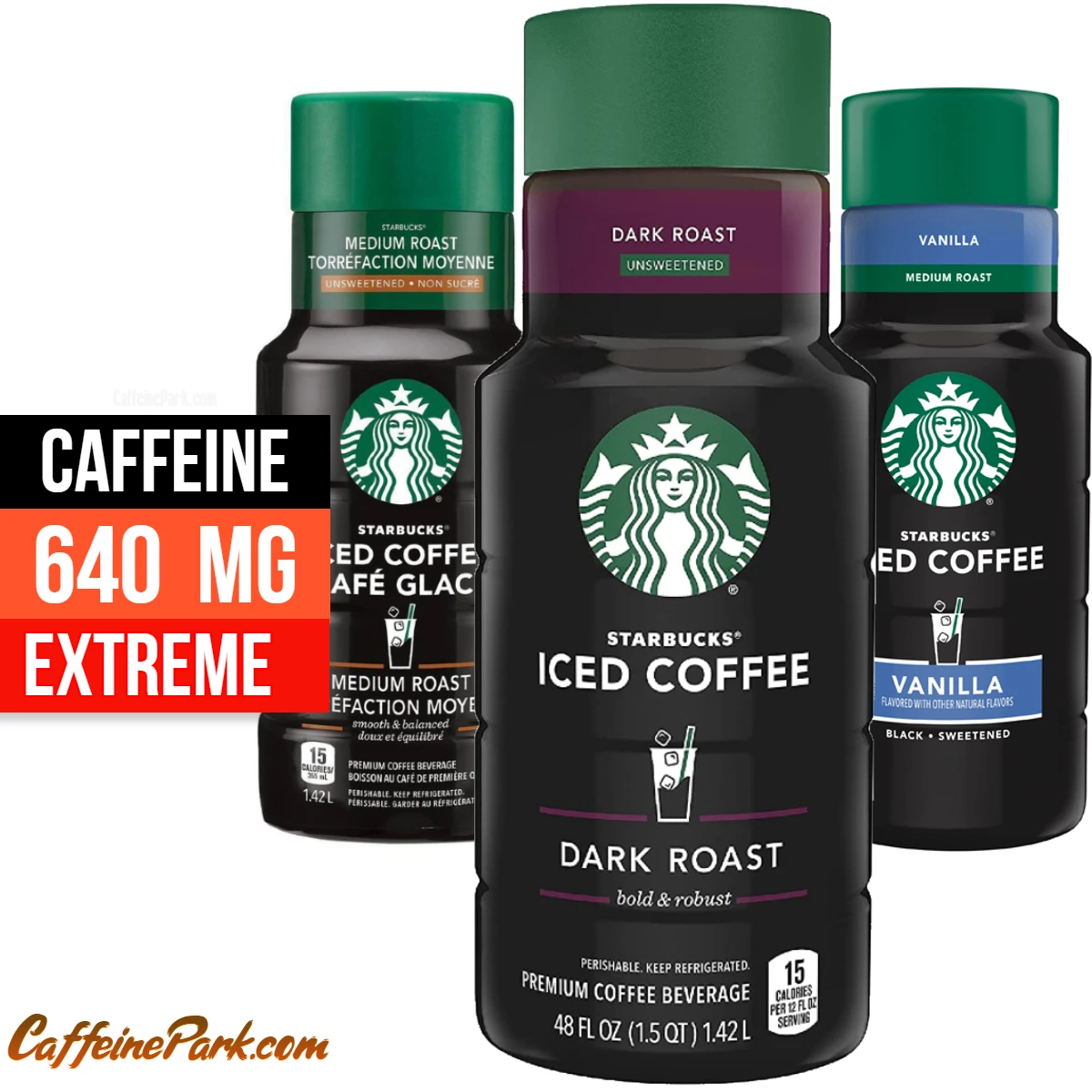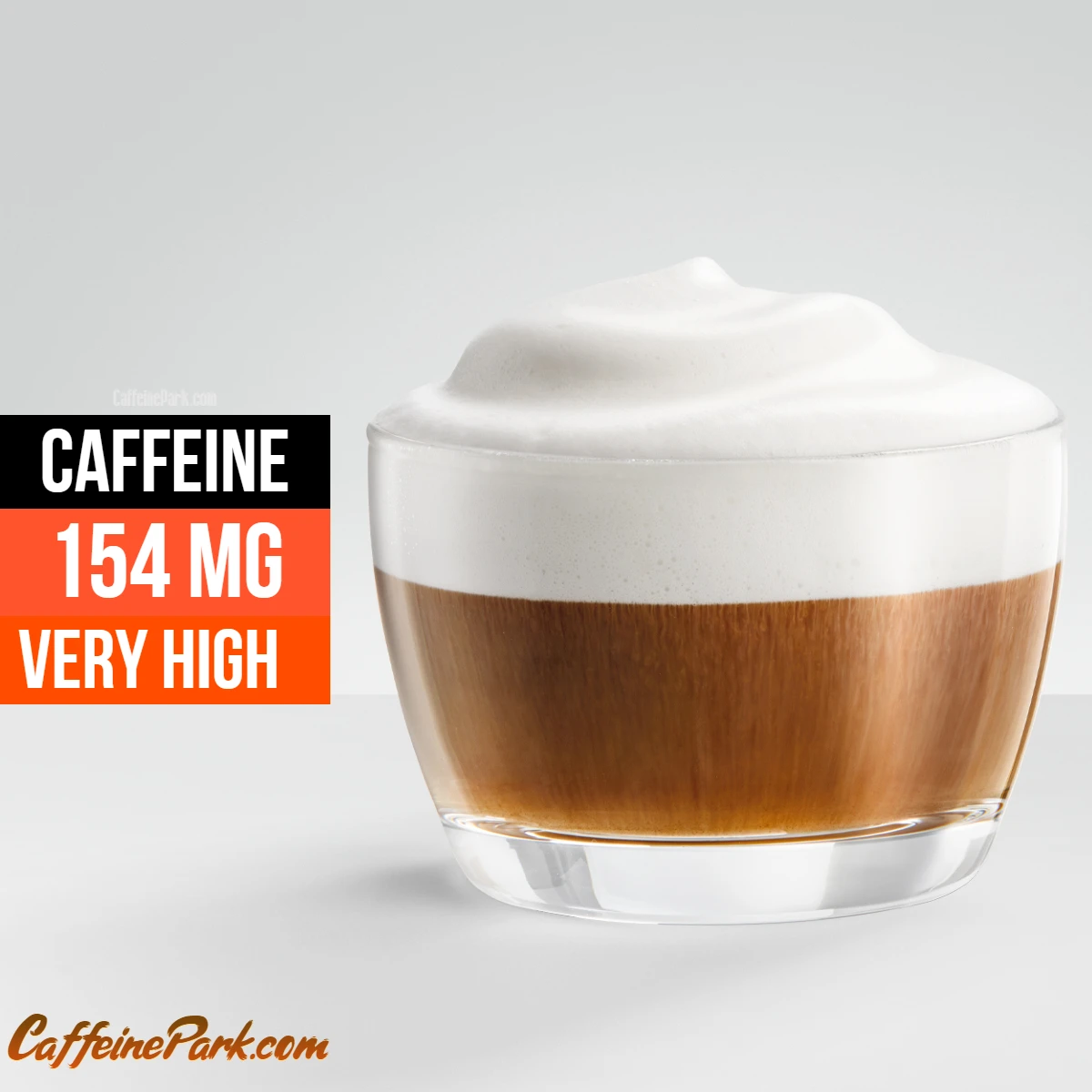
Cappuccino is a popular coffee drink that is widely enjoyed by coffee lovers around the world. It is made by combining one or more shots of espresso with steamed milk and topped with a layer of steamed milk foam. Cappuccinos are known for their rich and creamy flavor and are often enjoyed as a treat in cafes and coffee shops.
One of the key aspects of a cappuccino is its caffeine content. Caffeine is a natural stimulant that is present in coffee beans, and the amount of caffeine in a cappuccino depends on the number of espresso shots used in the preparation. On average, a single-shot cappuccino contains 77 mg of caffeine, a double-shot cappuccino contains 154 mg, and a triple-shot cappuccino contains 231 mg of caffeine. It is important to note that these values may vary slightly based on the accuracy of the shot measurement, the length of the shot run, and the quality of the coffee used.
In addition to caffeine, cappuccinos also contain other ingredients such as ground coffee and steamed milk. A 12 fl oz cup of cappuccino made with 2% milk contains 8 grams of sugar, which equates to 97 calories. This makes cappuccinos a relatively high-calorie beverage, especially when compared to other coffee drinks like black coffee.
It is important to keep in mind that the recommended safe daily dose of caffeine can vary depending on individual factors such as body weight, tolerance, and overall health. The average safe daily dose of caffeine is around 400 mg, but this can vary, so it is best to consult a doctor or a healthcare professional for a personalized recommendation.
In conclusion, cappuccinos are a popular coffee drink that is known for their rich and creamy flavor and high caffeine content. Understanding the caffeine content of cappuccinos and other coffee drinks can help you make informed decisions about your caffeine intake and help you enjoy your coffee in moderation.
Does Cappuccino have caffeine?
Yes, Cappuccino contains 154mg of caffeine per 12 fl oz cup and 12.83mg of caffeine per fl oz (43.4mg per 100ml).
| Serving size | Caffeine Amount | Caffeine strength |
|---|---|---|
| 8 fl oz cup | 102.7 mg | HIGH |
| 12 fl oz cup | 154 mg | VERY HIGH |
| 16 fl oz cup | 205.3 mg | EXTREME |
- Caffeine Amount: 154 mg
- Caffeine strength: VERY HIGH
- Calories: 97
- Serving size: 12 fl oz cup
- Sugar: 8g
Caffeine in cappuccino By Number of Espresso Shots Used
- cappuccino (1 shot): 77 mg
- cappuccino (double shot): 154 mg
- cappuccino (3 shot): 231 mg
Caffeine Content Comparison
To compare the caffeine content of different types of coffee drinks, it is important to consider the serving size and the type of beans used. Here is a comparison of the caffeine content of a few popular coffee drinks, based on a 6 oz. serving size:
- Cappuccino: 75-100 mg (made with a single shot of espresso)
- Latte: 75-100 mg (made with a single shot of espresso and 6 oz. of steamed milk)
- Mocha: 75-100 mg (made with a single shot of espresso, 6 oz. of steamed milk, and chocolate syrup)
- Drip coffee: 100-200 mg (made with 6-8 oz. of water and 2 tablespoons of ground coffee)
| Items | Serving Size | Caffeine |
|---|---|---|
| Cappuccino | 12 fl oz | 154mg |
| Peet’s Cappuccino | 16 fl oz | 140mg |
| Indulgio Cappuccino | 8 fl oz | 20mg |
| SlimFast Shake – Cappuccino | 11 fl oz | 100mg |
| Starbucks Grande Cappuccino | 16 fl oz | 150mg |
| Baskin Robbins Cappuccino Blast | 24 fl oz | 234mg |
Ingredients in Cappuccino
- Ground Coffee
- Steamed Milk
Review
Cappuccino is a classic coffee beverage that has been enjoyed by coffee lovers all over the world for over a century. Made with a combination of espresso, steamed milk, and milk foam, it is a delicious and satisfying way to start the day or take a break in the afternoon. Whether you prefer your cappuccino dry or wet, flavored or au naturel, there is a cappuccino out there for everyone to enjoy.
History of Cappuccino
Cappuccino has a long and storied history that dates back to the early 20th century. According to legend, the drink was first created in the early 1900s by an Italian barista named Luigi Bezzera. At the time, espresso machines were still in their infancy, and Bezzera was looking for a way to make the process of brewing espresso more efficient. He came up with the idea of adding a small amount of milk to the espresso, which he believed would help to cut down on the bitterness of the coffee and make it more palatable.
The name “cappuccino” is thought to have come from the color of the drink, which is similar to the habit worn by Capuchin monks. The story goes that these monks, who were known for their simple, humble lifestyles, would often visit coffee shops in Italy and request a “capuchin,” or a small espresso with a small amount of milk. Over time, the name was shortened to “cappuccino,” and the drink became a staple in coffee shops all over Italy.
How Cappuccino is Made
Cappuccino is made with a combination of espresso, steamed milk, and milk foam. The process of making a cappuccino begins with brewing a shot of espresso. This is typically done using an espresso machine, which uses high pressure to force hot water through a small amount of finely ground coffee beans. The resulting liquid, known as espresso, is a strong, concentrated coffee with a rich, bold flavor.
Once the espresso has been brewed, the barista will then add a small amount of steamed milk to the cup. The milk is typically steamed using a steam wand attached to the espresso machine. The wand is used to heat and froth the milk, creating a creamy, velvety texture.
The final step in making a cappuccino is to add a dollop of milk foam on top of the steamed milk. The milk foam is created by continuing to steam the milk until it forms a thick, creamy foam on top. This foam is then spooned onto the top of the cappuccino, creating a layer of creamy, velvety foam on top of the steamed milk and espresso.
Variations of Cappuccino
While the traditional recipe for cappuccino calls for equal parts espresso, steamed milk, and milk foam, there are many variations on this basic recipe. Some variations include:
- Dry cappuccino: A dry cappuccino is made with less steamed milk and more milk foam, resulting in a drink that is more foam than liquid.
- Wet cappuccino: A wet cappuccino is made with more steamed milk and less milk foam, resulting in a drink that is more milk than foam.
- Flavored cappuccino: Many coffee shops offer flavored syrups that can be added to cappuccinos to give them a sweet, fruity, or chocolatey flavor.
- Iced cappuccino: Iced cappuccinos are made by pouring espresso, steamed milk, and milk foam over a cup of ice.
- Frozen cappuccino: Frozen cappuccinos are made by blending espresso, steamed milk, milk foam, and ice together to create a creamy, slushy-like drink.
- Decaf cappuccino: Decaf cappuccino is made with decaf espresso, which is an espresso that has had most of the caffeine removed. Decaf cappuccinos are a good option for those who want the flavor of a cappuccino but are sensitive to caffeine or are trying to limit their caffeine intake.
- Cappuccino con Panna: Cappuccino con Panna is a cappuccino topped with whipped cream instead of milk foam. This variation is popular in some European countries, particularly Italy.
Types of Milk Used in Cappuccino
One of the key ingredients in a cappuccino is milk, and there are many different types of milk that can be used to make this delicious coffee drink. The type of milk used can greatly impact the flavor, texture, and overall quality of the cappuccino.
Whole Milk
Whole milk is the most common type of milk used in cappuccinos. It has a rich, creamy flavor and a thick, velvety texture that makes it ideal for steaming and frothing. Whole milk contains at least 3.25% milk fat, which gives it its rich, creamy taste and texture.
2% Milk
2% milk is a reduced-fat milk that is often used in cappuccinos. It contains slightly less fat than whole milk but still has a creamy texture and flavor. 2% milk is a good choice for those who want the flavor and texture of whole milk, but are trying to reduce their fat intake.
Non-Dairy Milks
Many people prefer to use non-dairy milk in their cappuccinos, either for dietary reasons or because they are lactose intolerant. Non-dairy milk that is commonly used in cappuccinos includes soy milk, almond milk, and oat milk. These non-dairy milk are typically lower in fat and calories than whole milk, but may not froth and steam as well. Some non-dairy milk also has a distinct flavor that may not be to everyone’s taste.
Factors that Affect the Quality of a Cappuccino
There are several factors that can affect the quality of a cappuccino. These include:
- The quality of the espresso: The quality of the espresso is perhaps the most important factor in determining the overall quality of a cappuccino. Good-quality espresso should have a rich, bold flavor and a thick, velvety texture.
- The quality of the milk: The quality of the milk used in a cappuccino is also important. Fresh, high-quality milk will produce a creamy, velvety foam that is essential for a good cappuccino.
- The skill of the barista: The skill of the barista can also play a role in the quality of a cappuccino. A good barista will be able to steam and froth the milk to the perfect consistency and will be able to create a beautiful design on the top of the cappuccino.
- The equipment used: The equipment used to make a cappuccino can also have an impact on the final product. Good-quality espresso machines and milk frothers are essential for producing a high-quality cappuccino.
Health Benefits of Cappuccino
Despite its rich, creamy flavor, cappuccino can actually have some health benefits. Here are a few ways that cappuccino can be good for you:
- Caffeine boost: Cappuccino contains caffeine, which is a natural stimulant that can help to boost energy levels and improve mental alertness.
- Heart health: Some studies have suggested that moderate coffee consumption may help to reduce the risk of heart disease and stroke.
- Weight loss: Cappuccinos made with non-dairy milk and no added sweeteners can be a low-calorie option for those looking to lose weight.
- Antioxidants: Coffee, including cappuccino, is a rich source of antioxidants, which can help to protect the body against the damaging effects of free radicals.
Enjoying a Cappuccino
Cappuccino is typically served in a small, ceramic cup known as a “demitasse.” The size of a demitasse is typically around 4-6 ounces, which is just enough to hold a single serving of cappuccino.
Cappuccino is usually enjoyed as a morning or mid-day pick-me-up and is often served alongside breakfast pastries or biscotti. It can also be enjoyed as an after-dinner drink, as the combination of espresso and milk can help to settle the stomach and prepare the body for sleep.
Some people like to add a sprinkle of cocoa powder or a drizzle of chocolate syrup to their cappuccinos to give them a little extra sweetness. Others prefer to drink their cappuccinos “au naturel,” enjoying the bold, rich flavors of the espresso and steamed milk without any additional sweeteners.
Cappuccino vs. Latte: What’s the Difference?
While cappuccinos and lattes are both made with espresso and milk, there are a few key differences between the two drinks. Here is a quick comparison of cappuccinos and lattes:
- Cappuccinos: Cappuccinos are made with equal parts espresso, steamed milk, and milk foam. They are typically served in small, 4-6 ounce cups and have a thick, creamy layer of foam on top.
- Lattes: Lattes are made with espresso and steamed milk, with a small amount of milk foam on top. They are typically served in larger cups (8-12 ounces) and have more milk and less foam than cappuccinos.
- Texture: Cappuccinos have a thicker, creamier texture than lattes due to the higher proportion of foam. Lattes have a smoother, silkier texture due to the higher proportion of milk.
- Flavor: Cappuccinos have a stronger, more intense flavor due to the higher proportion of espresso. Lattes have a milder, more subtle flavor due to the higher proportion of milk.
- Caffeine content: Cappuccinos typically have a higher caffeine content than lattes due to the higher proportion of espresso.
In conclusion, while cappuccinos and lattes are both delicious coffee drinks made with espresso and milk, they differ in their proportions of espresso, milk, and foam, as well as their texture, flavor, and caffeine content. Whether you prefer the bold, intense flavor of a cappuccino or the mild, creamy flavor of a latte is a matter of personal preference.
FAQs
Compared to other caffeine-containing beverages, cappuccino is considered to be moderate in caffeine content. It contains slightly less caffeine than a cup of brewed coffee, but slightly more caffeine than a cup of tea. The caffeine content of a cappuccino can also be modified by using more or less espresso, or by using decaf espresso.
If you are sensitive to caffeine or are trying to limit your caffeine intake, a cappuccino may not be the best choice for you. While it is lower in caffeine than a cup of brewed coffee, it still contains a significant amount of caffeine and may not be suitable for those with caffeine sensitivities. If you are looking for a low-caffeine coffee option, you may want to try a decaf cappuccino or a cappuccino made with decaf espresso.
Cappuccino is not recommended for children due to its caffeine content. Caffeine can be harmful to children and can cause side effects such as insomnia, irritability, and stomach upset. Children’s bodies are also more sensitive to the effects of caffeine, so it is best to avoid giving them caffeine-containing beverages such as cappuccinos.
Caffeine is a stimulant that can cross the placenta and affect the developing fetus. While it is generally considered safe for pregnant women to consume moderate amounts of caffeine (up to 200 milligrams per day), it is best to limit caffeine intake during pregnancy. A 6-ounce cappuccino contains around 70-80 milligrams of caffeine, which is considered a moderate amount. If you are pregnant and are concerned about caffeine intake, it is best to talk to your healthcare provider about the appropriate amount of caffeine for you.
Read More:
